Top Baby Toys That Promote Learning and Fun
Introduction: More Than Just Play
When most people think of toys, they imagine bright plastic objects that keep babies busy or toddlers entertained. But modern research in child development has proven something deeper: play is learning. The American Academy of Pediatrics explicitly states that “play is essential to development because it contributes to the cognitive, physical, social, and emotional well‑being of children”. Toys aren’t simply extras or distractions — they are essential tools that shape how a child understands the world, builds confidence, and develops life-long skills. As a parent, it is important to be intentional when looking for baby toys.
In 2025, the toy market is saturated with trendy products, from tech-driven “smart” toys to beautifully handcrafted wooden blocks. Parents often feel overwhelmed: Which toys truly matter? Which ones will last longer than a week of play?
This guide is designed to cut through the noise. We’ll look at indoor learning toys, outdoor adventure gear, age-specific recommendations, specialty toys, and expert-backed insights to help you make smart, meaningful choices.
Key Takeaways – Baby & Toddler Toys 2025
Play = Learning
Toys are not just entertainment. They drive cognitive, physical, social, and emotional growth from birth through toddler years.Match Toys to Milestones
0–6 months: Sensory toys, mirrors, rattles.
6–12 months: Activity gyms, stacking cups, simple music toys.
12–24 months: Puzzles, push toys, role-play sets.
2–3 years: Blocks, balance bikes, art supplies, pretend kitchens.
Indoor Toys Build Focus
Puzzles, shape sorters, blocks, and pretend-play kits boost problem-solving, creativity, and empathy.Outdoor Toys Build Confidence
Ride-ons, playsets, trampolines, and gardening kits fuel gross motor development, teamwork, and independence.Specialty Toys Matter Too
Jumpers/activity centers: Physical + sensory growth.
Dolls: Teach empathy and nurturing.
Blankets/swaddles: Provide comfort and emotional security.
Fewer, Better Toys Win
Rotating 5–10 versatile toys is better than overwhelming kids with dozens. Quality > quantity.Eco-Friendly & Durable is Trending
Parents are gravitating toward wooden toys, organic fabrics, and recycled plastics for sustainability.Safety is Non-Negotiable
Look for ASTM/EN71 certifications, non-toxic materials, and age-appropriate designs.Budget Options Exist
Under $50: Puzzles, books, shape sorters.
Mid-range: Ride-ons, play kitchens.
Premium: Jumpers, playsets, Montessori furniture.
Parent Hacks
Use toy rotation to keep kids engaged.
Balance screen-free, imaginative play with selective interactive toys.
Comfort toys (loveys, swaddles) are developmental aids, not just extras.
The Science of Play: Why Toys Shape Development
Psychologists like Jean Piaget and educators from the Montessori school of thought have long argued that children learn by doing. The American Academy of Pediatrics echoes this, stressing that unstructured playtime with age-appropriate toys boosts cognitive, physical, social, and emotional growth.
0–12 months: Toys should stimulate senses (sight, sound, touch).
12–24 months: Toys that support walking, stacking, or first words are key.
2–3 years: Pretend play, problem-solving games, and gross motor toys dominate.
By understanding your child’s stage, you can match toys to milestones — ensuring they’re fun and functional.
Age-by-Age Guide: Matching Toys to Milestones
👶 Newborn to 6 Months
During the first six months, babies are just beginning to discover the world, and their toys should be chosen with sensory exploration in mind. Soft rattles, high-contrast black-and-white toys, mirrors, and textured teethers are excellent options at this stage. These items capture attention and stimulate vision, hearing, and touch while being safe for tiny hands. The main developmental focus here is on visual tracking, the grasping reflex, and those first delightful coos and babbles. Simple toys that respond to a baby’s touch or movement help reinforce early cause-and-effect learning while encouraging engagement with their environment.
👶 6 to 12 Months
From six to twelve months, babies become more mobile and eager to interact. This is the time when activity gyms, stacking rings, rolling balls, and simple musical instruments shine. These toys encourage movement, coordination, and curiosity. Babies are learning to sit up, crawl, and explore, so toys that support gross motor development while keeping little hands busy are ideal. Development at this stage centers around mobility milestones and early cause-and-effect understanding, such as realizing that banging a drum makes noise or rolling a ball will make it move.
🧒 12 to 24 Months
Between one and two years old, toddlers are active explorers, constantly on the move and testing their growing independence. Push toys, simple puzzles, ride-on toys, and pretend kitchens are especially effective during this stage. These types of toys nurture problem-solving skills, strengthen coordination, and spark imaginative play. The developmental focus is on walking, first words, and the beginnings of imagination. As toddlers imitate the world around them, pretend play and interactive toys help expand both language and confidence.
🧒 2 to 3 Years
By ages two to three, toddlers are entering a phase where imagination and independence dominate. Building blocks, balance bikes, art supplies, and dress-up clothes are wonderful choices for this age group. These toys encourage creativity, coordination, and storytelling, allowing children to express themselves more freely. Developmentally, the emphasis shifts toward language expansion, fine motor control, and greater independence. Toys that allow for open-ended play, such as blocks or art materials, provide endless opportunities for problem-solving, self-expression, and social growth
 Best Indoor Baby Toys for Early Learning
Best Indoor Baby Toys for Early Learning
 Sensory & Motor Toys (0–12 months)
Sensory & Motor Toys (0–12 months)
For the youngest babies, sensory and motor toys are especially important because they provide a safe and engaging way to explore the world. Items like soft rattles, plush crinkle books, and textured balls encourage babies to use their senses of touch, sight, and hearing to process new experiences. Each shake of a rattle or squeeze of a crinkle toy gives instant feedback, which helps little ones begin to connect their actions with responses from their environment.
Why they matter: Sensory input at this age lays the groundwork for neural pathways. By experimenting with textures, sounds, and movements, babies are wiring their brains for future learning. Even simple interactions — like gripping a rattle — support muscle strength, fine motor development, and early hand-eye coordination.
Parent Tip: To keep play both stimulating and manageable, it’s best to rotate 3–4 sensory toys weekly. This prevents overstimulation, keeps babies interested, and helps parents make the most of a few versatile toys rather than overwhelming the play area with too many options.
 Musical Exploration
Musical Exploration
Music-based toys are another wonderful option for indoor play. Instruments like mini xylophones, tambourines, or Baby Einstein Magic Touch pianos combine joy with learning, giving babies and toddlers a chance to explore rhythm and sound. Whether they are tapping keys, shaking a tambourine, or striking a drum, children quickly notice the connection between their movement and the sound it creates. Check on Amazon
This kind of interactive play not only entertains but also builds important skills. Studies show that exposure to rhythm and music supports language development by tuning children’s ears to patterns in sound. Over time, this improves listening, memory, and even speech skills. Musical play also fosters creativity, letting little ones experiment with sound in their own unique way.
 First Puzzles & Shape Sorters
First Puzzles & Shape Sorters
As babies grow into toddlers, toys that challenge their thinking skills become especially valuable. Chunky wooden puzzles and classic shape sorters are perfect examples. These toys are easy for small hands to grasp while still offering just the right level of challenge to keep toddlers engaged.
Working on puzzles helps children strengthen their hand-eye coordination as they learn to match shapes to spaces or place puzzle pieces in the correct slots. At the same time, puzzles encourage patience and persistence, as toddlers try, fail, and try again until they succeed. Over time, this type of play introduces logical thinking and problem-solving skills that will benefit them well beyond playtime.
🏡 Best Toddler Toys for Active Indoor Learning
🎭 Pretend Play & Role-Play
Toddlers thrive on imitation, and pretend play toys like doctor kits, play kitchens, or dollhouses provide the perfect outlet for their creativity. These toys encourage children to step into different roles, helping them practice empathy, cooperation, and problem-solving in fun, low-pressure ways. When toddlers “cook” in a toy kitchen or “heal” a stuffed animal with a doctor kit, they begin to understand everyday routines and responsibilities.
Adding dolls such as Baby Alive or Bitty Baby brings an extra layer of realism to role-play. These dolls allow children to mimic caregiving activities like feeding, rocking, and putting their “baby” to sleep. Through this type of play, toddlers not only use their imaginations but also develop language and social skills as they narrate and act out daily scenarios.
🧱 STEM & Building Blocks
Few toys are as versatile and enduring as building sets. Options like LEGO Duplo, Magna-Tiles, and Mega Bloks spark curiosity and give toddlers the tools to build, experiment, and create. As they stack, connect, and balance pieces, children strengthen spatial reasoning, hand-eye coordination, and early math concepts such as size, symmetry, and balance.
Perhaps the greatest advantage of building toys is their open-ended nature. There is no “right” or “wrong” way to use them, which means toddlers can return to these toys again and again with fresh ideas. Today they might build a tower, tomorrow a house, and next week a rocket ship — ensuring long-term engagement and creativity.
📚 Interactive Storytime
Books remain an essential toy category, especially when they are designed to be interactive. Sound-button books and tactile board books keep toddlers engaged with textures to touch, flaps to lift, and sounds to trigger. These features transform storytime into a multi-sensory experience, capturing attention while reinforcing important pre-literacy skills.
Beyond language development, interactive books also help children build focus and attention span, as they learn to follow along with a storyline. For parents, these books offer an added bonus: they often become part of a soothing bedtime routine. Snuggling up with a favorite book at the end of the day provides not only educational value but also comfort, bonding, and a sense of routine that toddlers crave.
🌳 Best Outdoor Toddler Toys in 2025
🚲 Ride-On Toys & Balance Bikes
Classic options like the Strider balance bike and the Little Tikes Cozy Coupe continue to be favorites in 2025. These toys do more than provide entertainment; they help toddlers develop a strong sense of balance, coordination, and confidence as they begin to explore mobility. Balance bikes, in particular, are praised by parents for giving children the skills they need to transition to real bicycles without relying on training wheels. The independence gained from mastering ride-ons allows toddlers to feel capable and adventurous, which in turn boosts self-esteem.
🧗 Playsets & Climbers
Mini slides, tunnels, and climbing structures turn ordinary backyards into exciting learning labs. These playsets not only provide hours of fun but also play a vital role in a toddler’s physical development. Climbing strengthens core muscles, builds stamina, and improves balance, while also teaching important life skills like persistence and careful risk assessment. As toddlers climb, slide, and crawl, they learn to test their limits in a safe environment, all while developing essential gross motor skills.
🪣 Sand & Water Tables
Sand and water tables remain a staple of outdoor play for toddlers. These sensory-rich toys allow children to scoop, pour, and experiment with textures, helping them grasp early science concepts like cause-and-effect, buoyancy, and volume. The simple act of pouring water or digging in sand engages both the mind and body, sparking curiosity about how things work. Just as importantly, these tables encourage independent play, giving parents a valuable chance to step back while still knowing their child is learning and engaged.
⚽ Energy Burners
For toddlers bursting with energy, toys that get them moving are essential. Trampolines, bubble machines, and toddler soccer nets are excellent for channeling high activity levels into positive outlets. These types of toys promote fitness, agility, and stamina, while also fostering early teamwork when children play together. Active toys not only burn off excess energy but also encourage healthy routines around physical activity that can last well into childhood.
🌱 Educational Outdoor Toys
Outdoor play is also an opportunity for hands-on learning. Toddler-friendly gardening kits, small-scale obstacle courses, and creative tools like sidewalk chalk sets blend fun with educational value. Gardening kits teach children about plant care and responsibility, obstacle courses challenge problem-solving and coordination, while chalk sets spark creativity and introduce pre-writing skills. Together, these activities prove that outdoor play is not just about movement — it also supports STEM learning, creativity, and social development in meaningful ways.
 Specialty Toys Parents Swear By
Specialty Toys Parents Swear By
 Baby Jumpers & Activity Centers
Baby Jumpers & Activity Centers
One toy that consistently receives enthusiastic praise from parents is the baby jumper activity center. These stationary play stations are designed to give babies a safe and engaging environment where they can bounce, spin, and reach for interactive toys attached all around them. With bright colors, music, and tactile elements, they combine physical activity with stimulating play, making them a favorite addition to many households with infants. See full article on Baby Jumper Activity Center: Fun & Development
Benefits: Baby jumpers are more than just fun distractions — they serve important developmental purposes. The bouncing motion helps strengthen a baby’s leg muscles, preparing them for future milestones like crawling, standing, and walking. As babies move between toys, turn in their seats, and stretch to grab items, they improve their coordination and fine motor skills. Another valuable benefit is the way jumpers can keep babies engaged independently for short periods of time, giving parents a much-needed chance to rest, complete chores, or simply enjoy a quiet moment while knowing their child is happily entertained in a secure space.
Best Picks (2025): Two standout models remain parent favorites. The Fisher-Price Rainforest Jumperoo is loved for its colorful design, lights, and musical features that captivate babies while offering multiple adjustable height settings as they grow. The Evenflo ExerSaucer continues to be a reliable choice, with a wide, stable base and plenty of attached toys to stimulate curiosity, while also being easy to move around the house for convenience. Buy on Amazon
Parent Review: Parents often share how transformative these toys are in daily routines. One parent put it perfectly: “The jumper was the only thing that kept my baby happy for 20 minutes so I could cook dinner.” That short window of independent play may sound small, but for busy caregivers it can make all the difference, offering peace of mind and a little breathing room while babies enjoy themselves.
🧸 Baby Dolls & Role-Play Favorites
Baby dolls are timeless, treasured across generations, and they continue to play an important role in children’s lives. In 2025, however, parents have access to an even broader selection of dolls, each designed with unique features that enrich play in new ways. No longer limited to simple figures, today’s dolls range from highly interactive models to durable classics and even ultra-realistic versions that can double as therapeutic tools. This variety gives families the ability to choose dolls that best suit their child’s stage of development and style of play.
Baby Alive Dolls remain one of the most recognizable names in interactive play. These dolls can eat, drink, and even simulate diaper changes, giving children a way to mimic the routines they see in daily life. This interactivity transforms playtime into an immersive experience, allowing toddlers to practice caregiving skills in a fun, hands-on way. By acting out feeding and nurturing, children begin to develop responsibility and empathy while still enjoying the entertainment value that keeps them engaged.
Bitty Baby by American Girl represents the more traditional side of the spectrum, offering a classic doll experience that has stood the test of time. Known for their durability and thoughtful design, Bitty Baby dolls are made to withstand years of play. They also come in a variety of styles, ensuring diversity and inclusivity. Parents often choose Bitty Baby as a child’s “first doll,” confident that it will provide comfort and companionship while remaining sturdy enough to be passed down or kept as a keepsake.
At the other end of the range are silicone baby dolls, which are celebrated for their ultra-realistic features. Crafted with remarkable detail, these dolls closely mimic the weight, look, and feel of real infants. While often appealing to collectors, they also have therapeutic uses, offering comfort for children who enjoy lifelike role-play. Their realism makes pretend caregiving even more engaging, allowing children to practice nurturing skills in a way that feels especially vivid and authentic.
Why They Matter: No matter which type of doll parents choose — interactive, classic, or realistic — the developmental benefits remain consistent. Dolls encourage children to step into a caregiver’s role, fostering empathy, imagination, and nurturing behaviors. They also support language development and social skills as children narrate stories, act out routines, and share play scenarios with siblings or peers. In short, dolls continue to be powerful tools that enrich both playtime and personal growth.
Smart Buying Guides & Parenting Tips
Budget-Friendly vs. Premium Toys
Budget-Friendly ($20–$50): Stacking cups, board books, basic ride-on toys.
Mid-Range ($50–$150): Activity gyms, balance bikes, musical sets.
Premium ($150–$400): Play kitchens, outdoor climbers, baby jumpers.
Luxury ($400+): Playsets, Montessori furniture, silicone dolls.
Tip: Focus on versatility — toys that “grow” with your child.
Eco-Friendly Toy Trends in 2025
Parents are demanding sustainable toys. Expect growth in:
Materials: Organic cotton, bamboo, recycled plastics.
Durability: Wooden toys designed to last generations.
Packaging: Minimalist, recyclable designs.
Brands to Watch: Green Toys, PlanToys, Lovevery.
Toy Rotation: The Secret to Less Clutter
Toy overload can overwhelm toddlers. Experts recommend the toy rotation method:
Keep only 5–7 toys accessible.
Store the rest.
Rotate weekly.
This keeps play fresh, exciting, and less stressful for parents.
Safety Checklist for Every Toy
Look for ASTM/EN71 certifications.
Avoid small detachable parts under age 3.
Check labels for non-toxic paints/plastics.
Prioritize sturdy construction.
Comparison Table: Indoor vs Outdoor Toddler Toys
| Toy Type | Indoor Benefits | Outdoor Benefits | Best Picks (2025) |
|---|---|---|---|
| Building Blocks | Fine motor, STEM learning | Limited | LEGO Duplo, Mega Bloks. |
| Ride-On Toys | Small-space exercise | Balance & coordination | Strider Bike, Cozy Coupe |
| Activity Gyms | Sensory, tummy time | N/A | Fisher-Price Kick & Play |
| Sand/Water Tables | Messy indoors | Science, sensory play | Step2 Rain Showers |
| Musical Toys | Rhythm & creativity | Outdoor sing-alongs | Baby Einstein Piano |
FAQs
Q1: Should I choose Montessori toys over mainstream toys?
Montessori toys (wood, open-ended) encourage creativity and problem-solving. Mainstream toys often add lights/sounds for stimulation. A mix works best.
Q2: How do I pick toys for siblings of different ages?
Choose open-ended toys (blocks, art supplies) that multiple ages can enjoy together.
Q3: Do toddlers need screen-based toys?
Not necessarily. The AAP recommends limited screen time under 3. Interactive books and hands-on play are far better.
Q4: What travel toys work best?
Portable puzzles, coloring kits, and magnetic playsets keep toddlers busy without mess.
Q5: How do I avoid buying fads that lose interest quickly?
Ask: Can this toy be used 3+ ways? If yes, it’s likely to last.
Q6: Are second-hand toys safe?
Yes, if sanitized and free of recalls. Wooden toys and blocks often resell well.
Q7: Should I buy noisy/electronic toys?
Some are great for music and cause-and-effect, but balance them with quiet, imaginative play options.
Q8: What’s the best first birthday gift?
Ride-on toys, push walkers, or activity centers — durable and milestone-friendly.
Q9: Do outdoor toys really help learning?
Yes! Studies show outdoor play boosts problem-solving, teamwork, and creativity.
Q10: How many toys is “enough”?
5–10 quality toys per stage is better than dozens of clutter items.
Conclusion: Choosing Toys That Nurture Growth
The best baby and toddler toys in 2025 are those that combine fun with function. Indoors, sensory toys, puzzles, and pretend sets stimulate brains. Outdoors, ride-ons, playsets, and sand tables fuel gross motor growth and exploration. Specialty items like dolls, jumpers, swaddles, and art kits round out the perfect play environment.
When buying, remember:
Safety first. Always check labels, certifications, and age-appropriateness.
Engagement over novelty. A simple puzzle or set of blocks lasts longer than many “flashy” toys.
Balance indoor and outdoor play. Both matter for holistic growth.
Invest in fewer, better toys. Versatile, durable pieces win every time.
Playtime isn’t just fun. It’s the foundation of lifelong learning, confidence, and joy. By curating thoughtful toys, you’re not just filling a toy box — you’re building skills, memories, and a happy childhood.
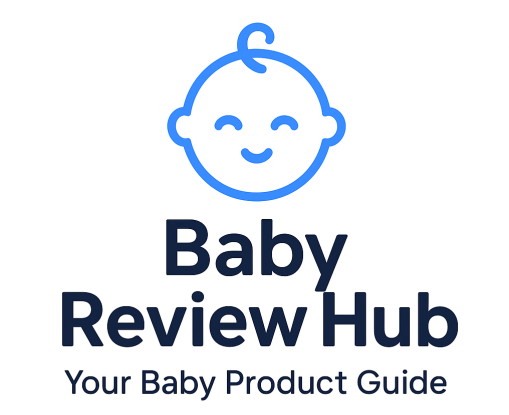
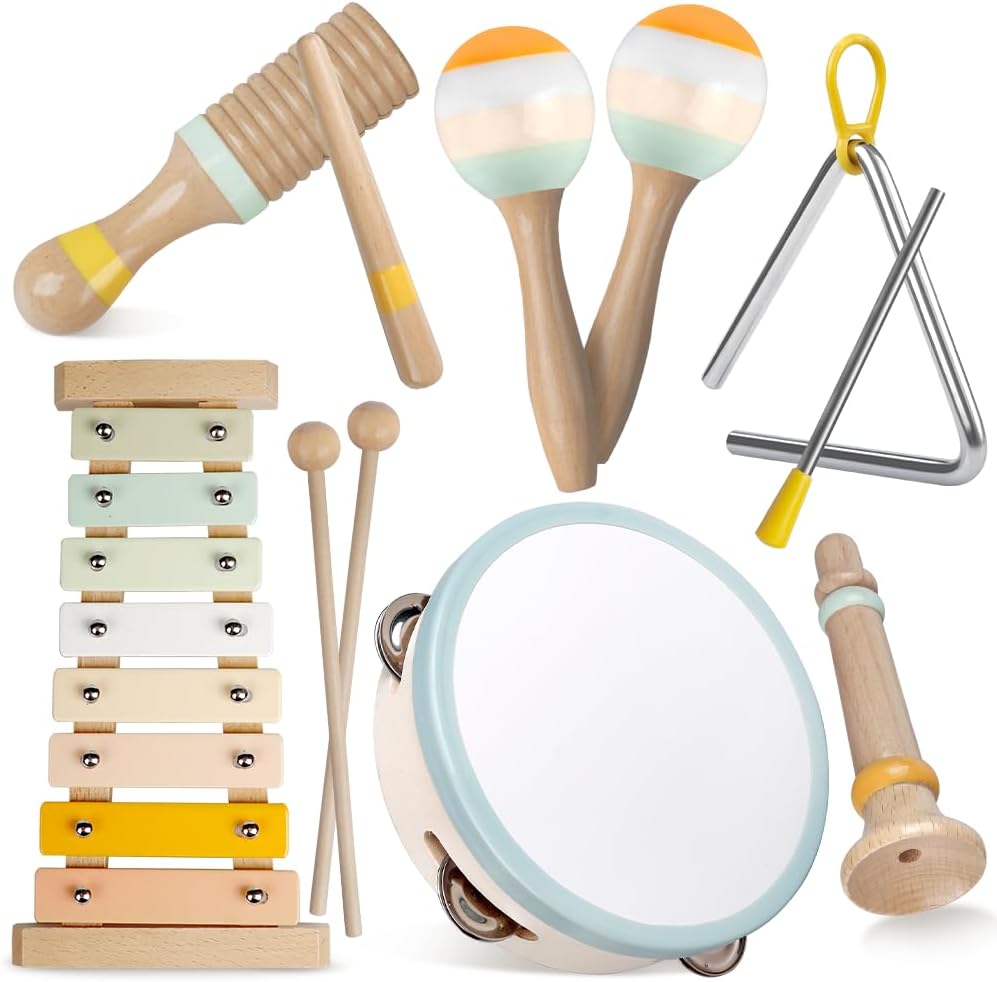
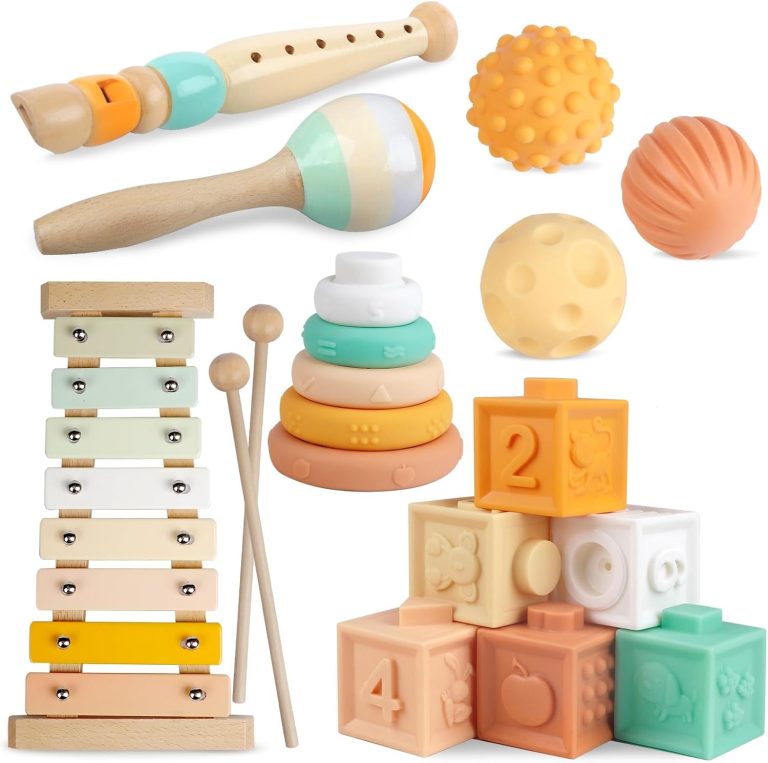
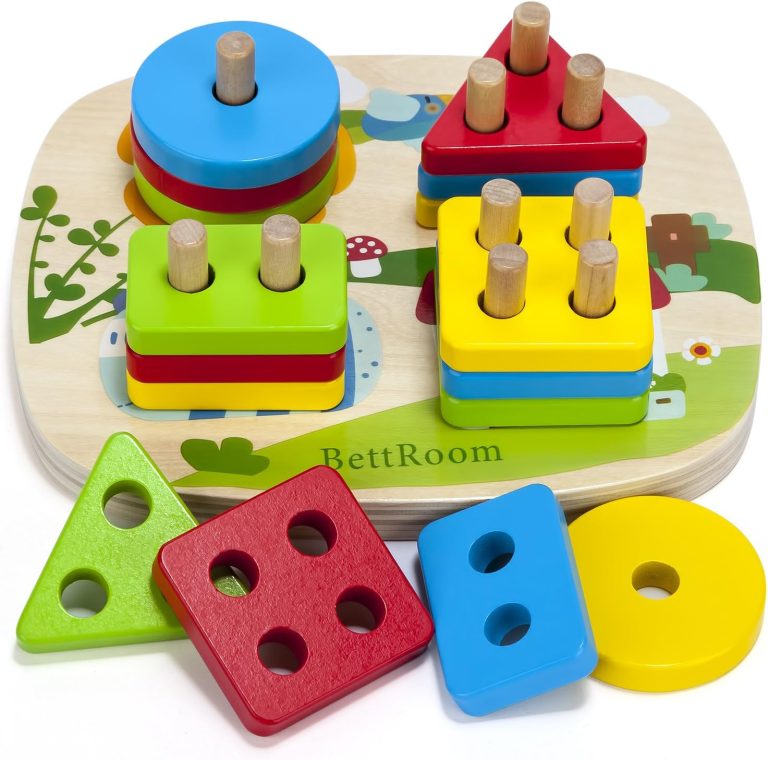
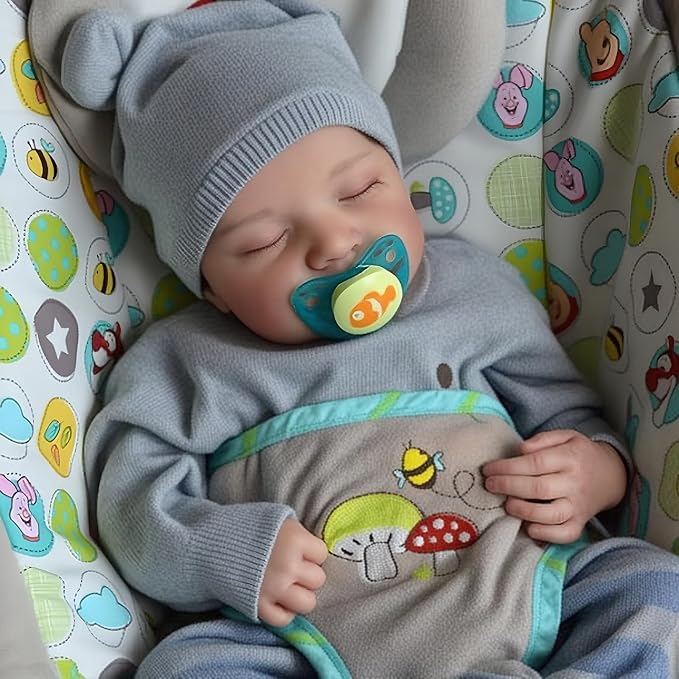
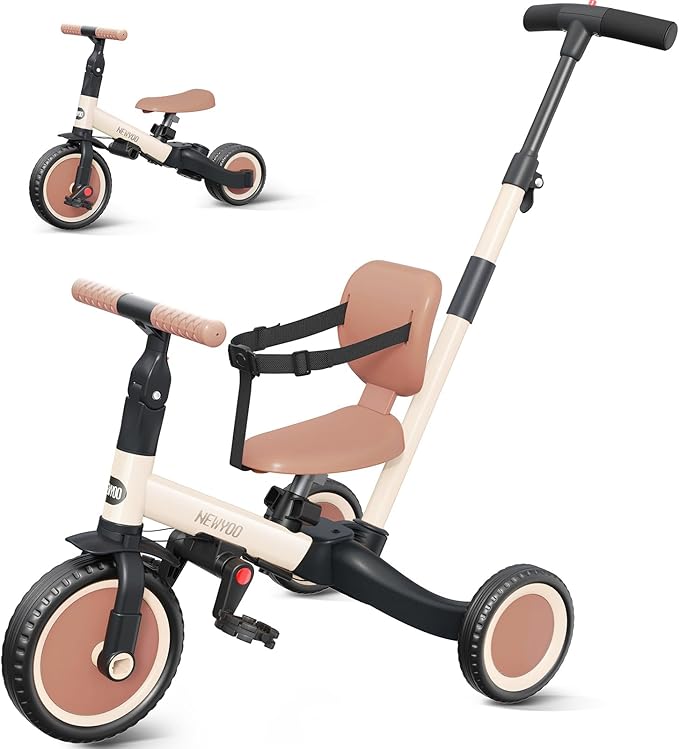
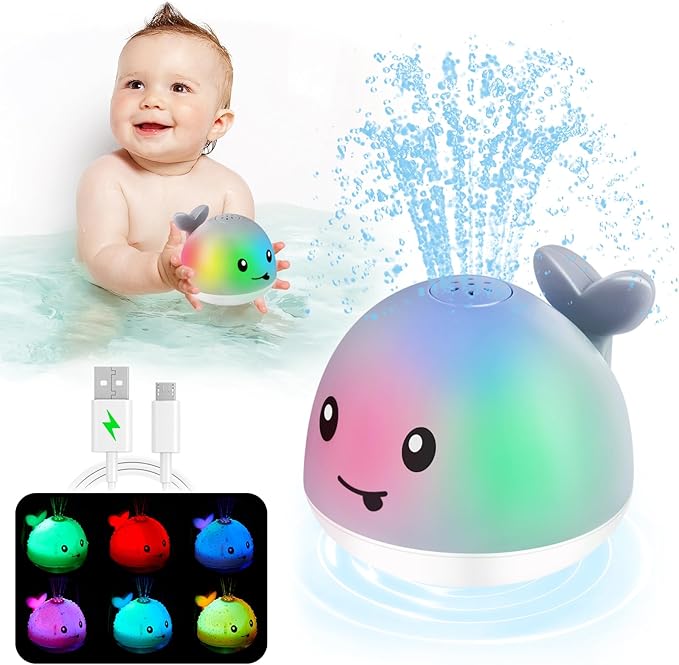
One Comment